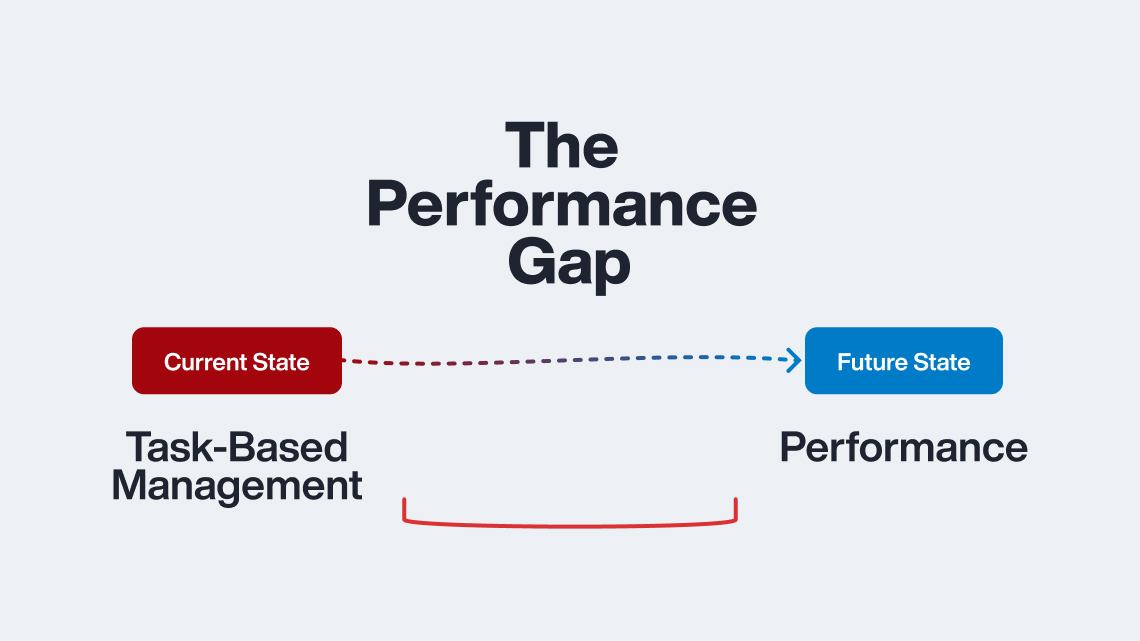Published on November 7th, 2013
By Aimee Miller
A widely accepted economic fact is that something is worth what someone is willing to pay for it. That holds true whether the item in question is a signed baseball, a new car, or a dinner at a restaurant. It also applies to real estate.
When you decide to price a piece of property for sale, what you paid for it, how much you owe on it, what you’ve invested in it, what you’d like to get for it, or what you think it’s worth is irrelevant. The only thing that matters when it comes to property prices is what a buyer is willing to spend.
Establishing your selling price is the most important decision when marketing your property. Overpricing is the biggest pitfall you need to avoid. If you set a price that’s too high, the property listing can become stale. Once a property is on the market for 21 days, interest declines. Underpricing, however, is much less of a risk. It can actually be more effective since you’ll likely get multiple bids that can drive up the price.
So how do you decide on the selling price for your property?
Gauge the Market
The first step in setting your price is to understand the market. Have local real estate agents perform a market evaluation that will give you an idea of what you can reasonably expect to get for your property. The comparison area should be no more than a half-mile radius of your property. Acknowledge neighborhood boundaries and major dividers like highways or main streets. The comparison area shouldn’t cross those boundaries when determining a price.
Another way to gauge the market is through an online rent comparison tool. These tools provide the going rate for rental properties in a specific area based on different variables, such as the number of bedrooms, baths, and the unit size. AppFolio Property Manager recently released RentMatch, a free online rent comparison tool within their software, which easily allows you to quickly analyze rental prices compared to similar units in your geographical area.
Research Selling Activity
Conduct your own research as well, looking at properties that have sold, those that didn’t, and those that are still on the market. For those that sold, compare their original list price to the final actual selling price. How long were they on the market? What price reductions were necessary to finally encourage the sale?
For those that didn’t sell, find out how long they were on the market before they were withdrawn. Were there common factors affecting properties that didn’t sell? Which broker listed them? Were they marketed effectively?
Properties that are still on the market are your competition. Tour these properties to determine how they compare to yours in terms of age, size, condition, location, and amenities and how they are being priced. Remember a seller can set any price they want so this doesn’t necessarily establish the best pricing, but it can give you an idea of what comparable property prices look like.
Be Flexible
Finally, be creative. Use tools other than price to attract a buyer. Being able to close quickly, provide seller financing, or offer a lease-purchase option can help support a higher selling price.
Determining the right price for your property takes time and work, but is necessary if you hope to maximize your ROI.









Comments by Aimee Miller
Mortgage Meltdown’s Impact On The Rental Market (Infographic)
Yes - Infographics are a great way to display information ...